Model shoots are at the heart of the fashion industry. They are not just about showcasing clothing or accessories but also about telling a story, creating a mood, and driving consumer engagement. Whether you’re a designer, photographer, or model, understanding the critical role of model shoots is essential for success in this dynamic field. In this comprehensive guide, we’ll explore the importance of model shoots, their impact on the fashion industry, and tips for achieving exceptional results.
1. What Are Model Shoots?
Model shoots involve capturing photographs or videos of models wearing specific outfits, accessories, or makeup. These shoots are designed to promote brands, products, or artistic visions.
Key Elements of a Model Shoot:
- The Model: Represents the brand’s identity and target audience.
- Clothing and Accessories: Highlights the latest designs and trends.
- Styling: Includes hair, makeup, and props to enhance the overall aesthetic.
- Photography and Lighting: Ensures the visual quality matches the campaign’s goals.
- Creative Direction: Guides the team to align with the desired theme and narrative.
2. The Role of Model Shoots in the Fashion Industry
Model shoots serve as a cornerstone for various aspects of the fashion industry. Here’s why they matter:
Showcasing Designs
- Why It Matters: Fashion is a visual medium, and model shoots bring designs to life.
- Example: A runway collection translated into a lifestyle photoshoot connects with a broader audience.
Building Brand Identity
- Why It Matters: The choice of models, settings, and styles communicates a brand’s values and target market.
- Example: A luxury brand may use glamorous, high-end shoots to reinforce its exclusivity.
Driving Sales and Engagement
- Why It Matters: High-quality visuals capture attention and drive consumer interest.
- Example: E-commerce platforms rely heavily on product images from model shoots to convert viewers into buyers.
Creating Trends
- Why It Matters: Iconic model shoots often set the tone for upcoming trends.
- Example: Magazine editorials can influence seasonal color palettes and styles.
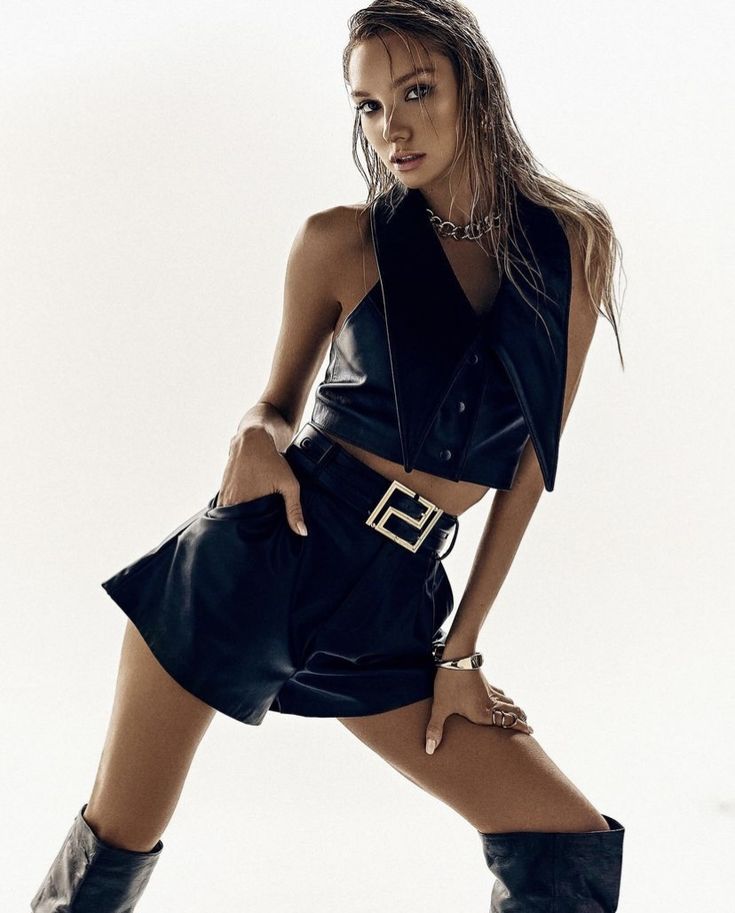
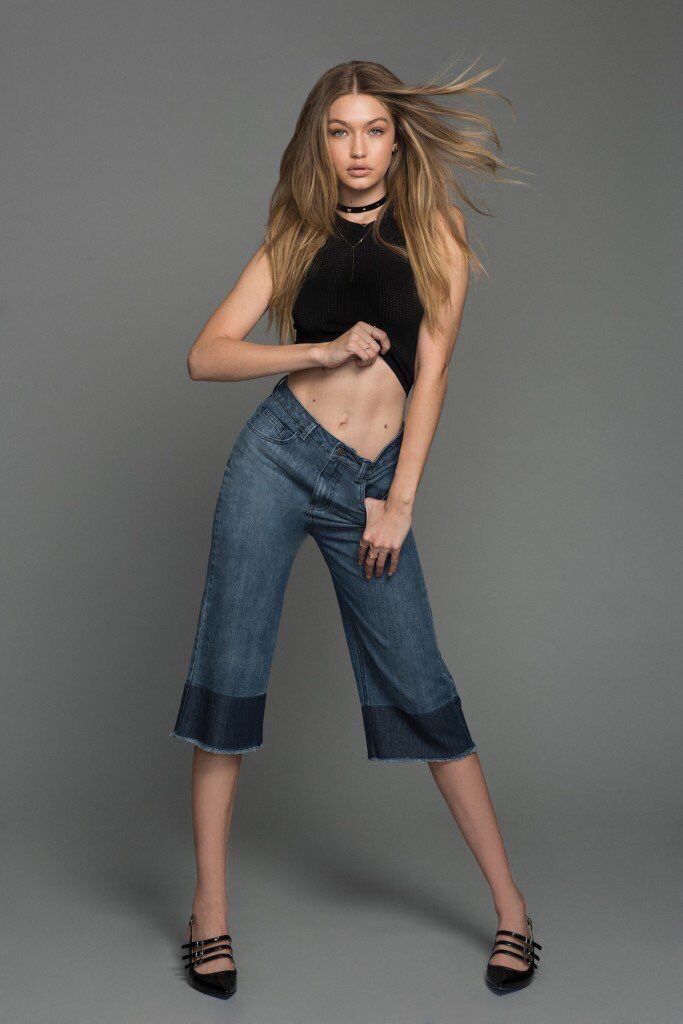
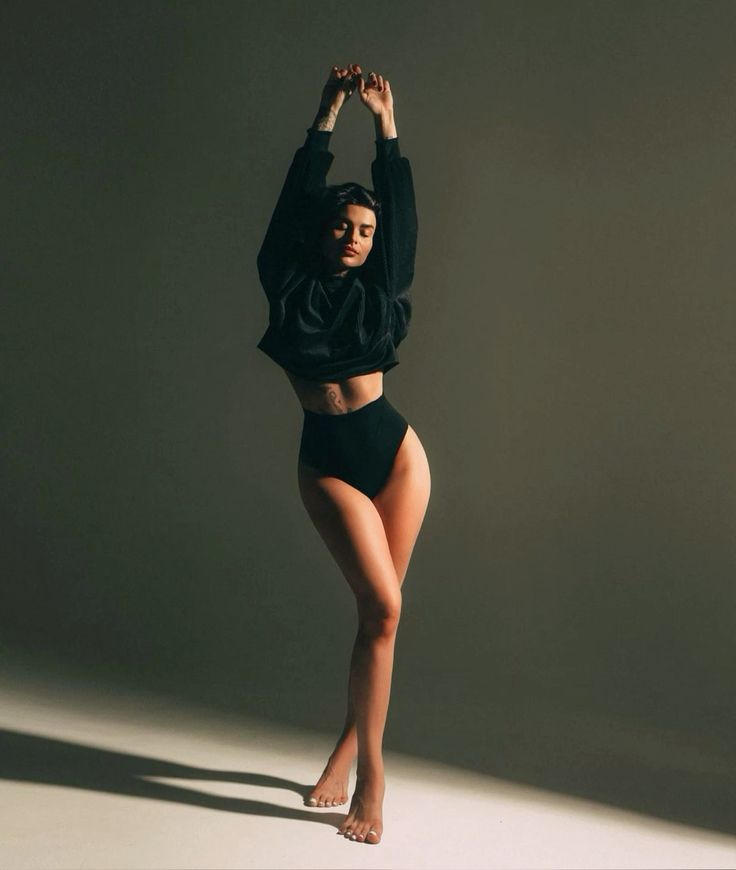

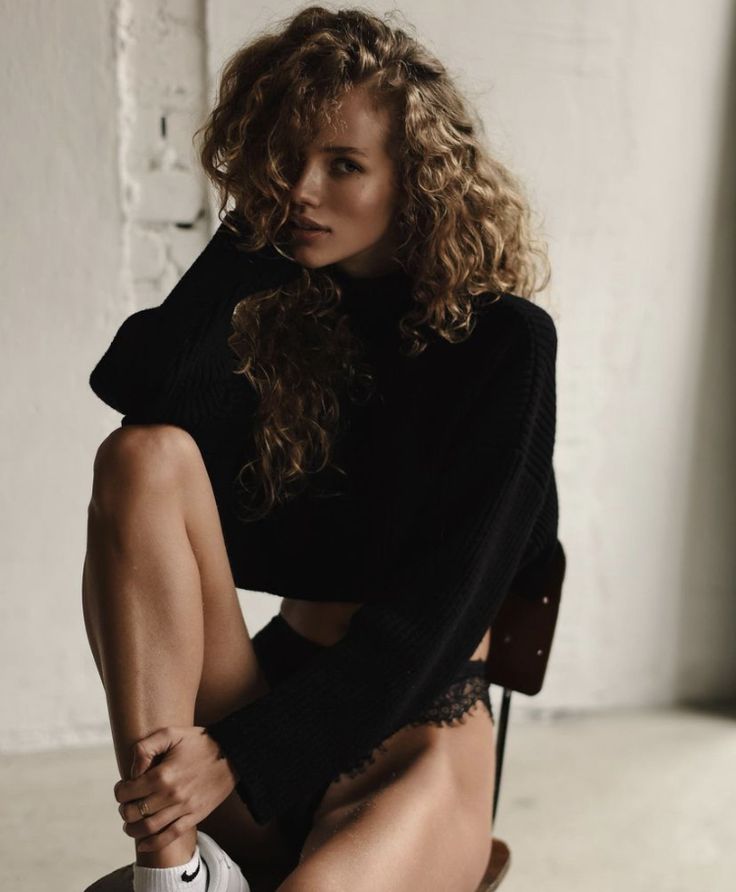
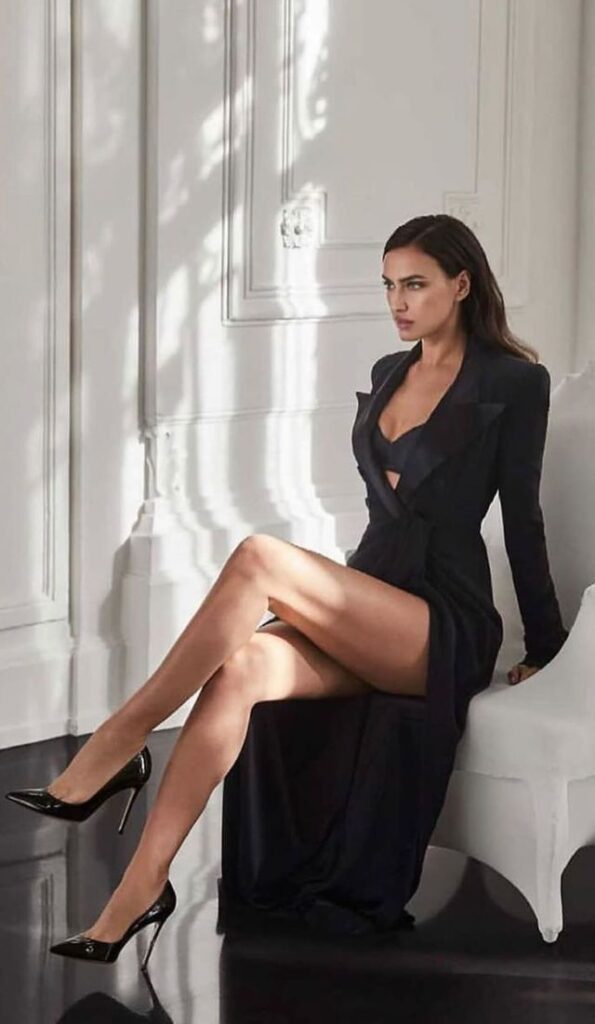
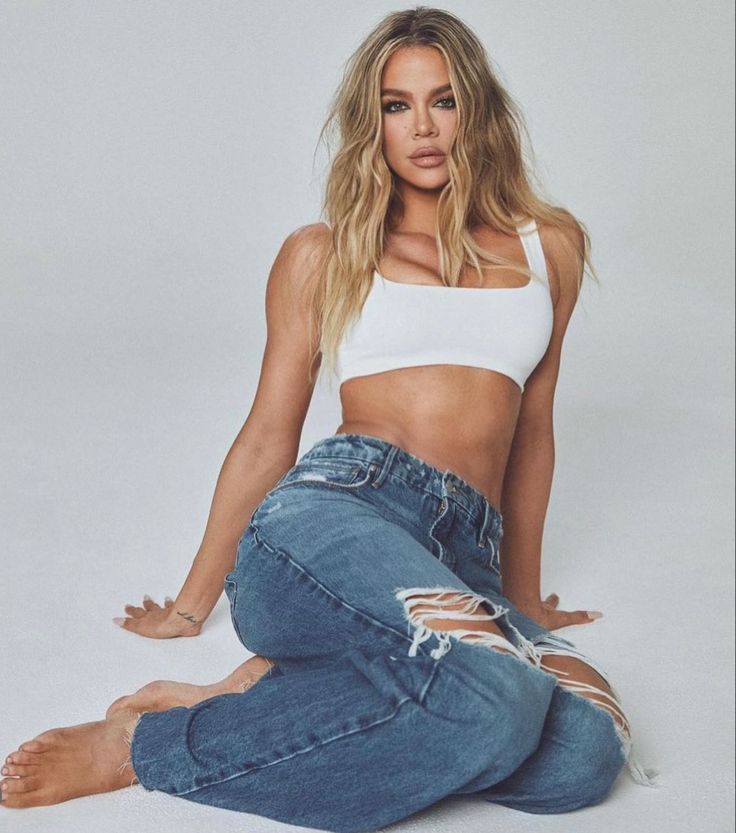
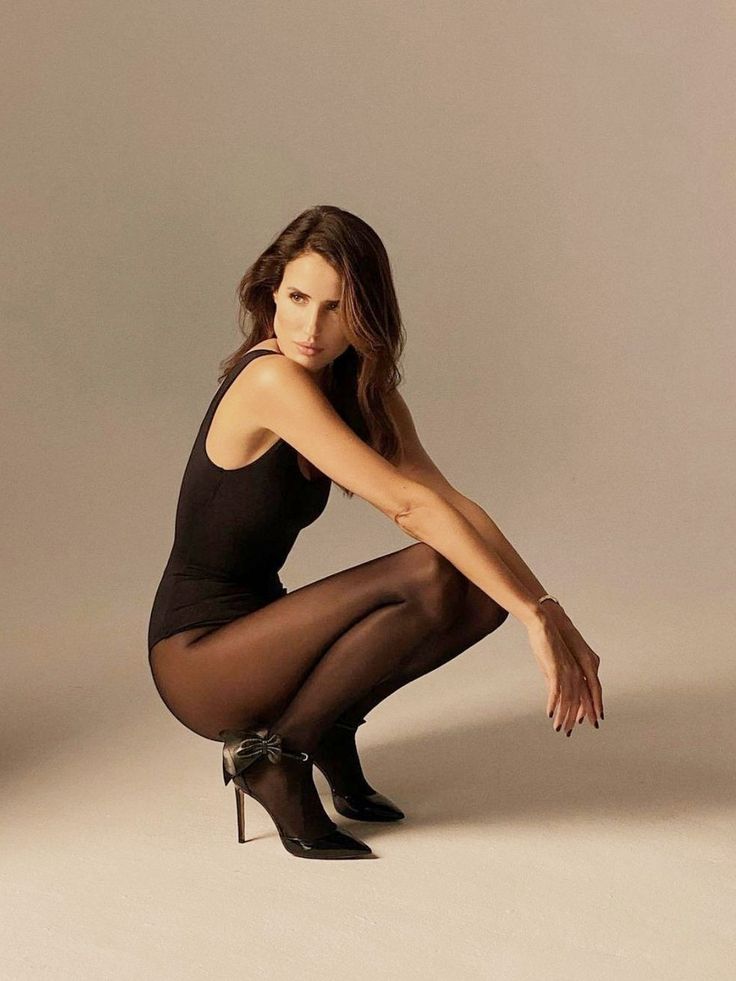
3. Types of Model Shoots
Understanding the different types of model shoots helps professionals tailor their approach to specific objectives.
Editorial Shoots
- Purpose: Tell a story or concept, often for magazines or creative campaigns.
- Features: Dramatic poses, bold styling, and innovative themes.
Commercial Shoots
- Purpose: Promote products or services for advertising.
- Features: Clean, relatable poses and clear focus on the product.
Runway Lookbook Shoots
- Purpose: Document runway collections for buyers and media.
- Features: Simple poses highlighting each outfit’s details.
Lifestyle Shoots
- Purpose: Connect with audiences through relatable, everyday scenarios.
- Features: Natural poses in real-life settings.
High-Fashion Shoots
- Purpose: Showcase avant-garde designs and artistic expressions.
- Features: Exaggerated poses, unique angles, and dramatic lighting.
4. The Planning Process for a Successful Model Shoot
Behind every successful model shoot lies meticulous planning. Here’s a step-by-step breakdown:
Step 1: Define Objectives
- What is the goal of the shoot?
- Who is the target audience?
Step 2: Assemble the Team
- Roles include the photographer, stylist, makeup artist, and creative director.
Step 3: Choose the Right Model
- Match the model’s look and vibe to the brand’s identity.
Step 4: Scout the Location
- Consider lighting, accessibility, and relevance to the theme.
Step 5: Prepare Wardrobe and Props
- Ensure all clothing and accessories are ready and fit the model.
Step 6: Conduct Pre-Shoot Meetings
- Align the team on objectives, timelines, and creative direction.
5. Tips for Elevating Model Shoots
For Photographers:
- Experiment with angles and compositions to create striking visuals.
- Communicate with models to guide them toward impactful poses.
For Models:
- Practice posing to find your best angles.
- Be open to feedback and adapt to the shoot’s requirements.
For Creative Directors:
- Plan a clear vision board to maintain consistency in themes and aesthetics.
- Collaborate closely with the team to ensure smooth execution.
6. Challenges in Model Shoots and How to Overcome Them
Tight Deadlines
- Solution: Prepare thoroughly and create a realistic schedule.
Budget Constraints
- Solution: Prioritize essentials and consider cost-effective options like natural lighting.
Creative Differences
- Solution: Foster open communication and compromise when necessary.
Technical Issues
- Solution: Always have backup equipment and test setups beforehand.
7. How Model Shoots Drive Fashion Industry Success
Boosting Marketing Campaigns
- Eye-catching visuals from model shoots are central to impactful advertisements.
Enhancing Online Presence
- Social media platforms thrive on visually engaging content from model shoots.
Empowering Emerging Designers
- Quality model shoots can help up-and-coming designers gain recognition.
8. The Future of Model Shoots
As technology evolves, so does the approach to model shoots.
Virtual and Augmented Reality Shoots
- Immersive experiences allow brands to showcase designs in new, interactive ways.
Sustainability in Shoots
- Eco-friendly practices, like reusing sets and minimizing waste, are gaining importance.
AI in Creative Direction
- Artificial intelligence assists in generating ideas and editing visuals efficiently.
9. Conclusion
Model shoots are more than just photography sessions; they are an essential tool for storytelling, branding, and connecting with audiences. Their significance in the fashion industry cannot be overstated. By understanding their role and mastering the art of planning and execution, professionals can elevate their careers and contribute meaningfully to the dynamic world of fashion.

Mobile Photography Hacks: Candid Moments with Your Phone

Professional Model & Portfolio Photoshoots: Show Your Best Work
-

Street Photography Tips, Effects & Poses – Complete Guide
-

Leica Q2 for Photography: Why It’s Loved by Photographers
Mobile Photography Hacks: Candid Moments with Your Phone
Discover high-impact mobile photography hacks to capture genuine, gorgeous candid moments with your phone. Learn practical tips, composition secrets, and pro techniques to turn everyday scenes into stunning visual stories. Introduction: The New Age of Mobile Photography Photography has evolved beyond heavy cameras, technical jargon, and expensive equipment. Today, the power to capture extraordinary moments
Professional Model & Portfolio Photoshoots: Show Your Best Work
” Discover how to plan, style, and execute stunning portfolio photoshoots that showcase your skills, personality, and versatility. This comprehensive guide covers professional tips, posing ideas, gear suggestions, and industry insights for models and photographers.” Introduction – Why Portfolio Photoshoots Are the Cornerstone of a Photographer’s Career A well-crafted portfolio photoshoot is more than a
Street Photography Tips, Effects & Poses – Complete Guide
Discover the ultimate guide to Street Photography with expert tips, creative effects, and dynamic poses. Learn how to capture authentic urban moments, master composition, and tell powerful visual stories through your lens. Article Outline 1. Introduction to Street Photography Street Photography is more than just taking pictures of people in public spaces — it’s about
Leica Q2 for Photography: Why It’s Loved by Photographers
Introduction: The Cult Status of the Leica Q2 The Leica Q2 is not just a camera—it’s a statement. Combining the heritage of German precision engineering with modern digital excellence, it holds a special place in the hearts of professional and passionate photographers alike. With its full-frame sensor, prime Summilux lens, and minimalist design, the Q2
Top Cameras Under ₹1 Lakh for Freelance Photography
Freelance photography is no longer a niche—it’s a booming creative profession that demands not only vision and hustle but also the right gear. Your camera isn’t just a tool; it’s your storytelling partner. If you’re a freelance photographer aiming to balance performance, versatility, and budget, investing in a cameras under ₹1 lakh can offer the
Top Features of Nikon D850 That Make It Ideal for Photoshoots
Explore the top features of the Nikon D850 that make it a powerhouse for photoshoots. From exceptional resolution to dynamic range, this detailed Nikon D850 guide is built for professional and aspiring photographers. 1. Introduction When Nikon launched the D850, it quickly earned a reputation as a flagship DSLR that redefined what photographers could expect





